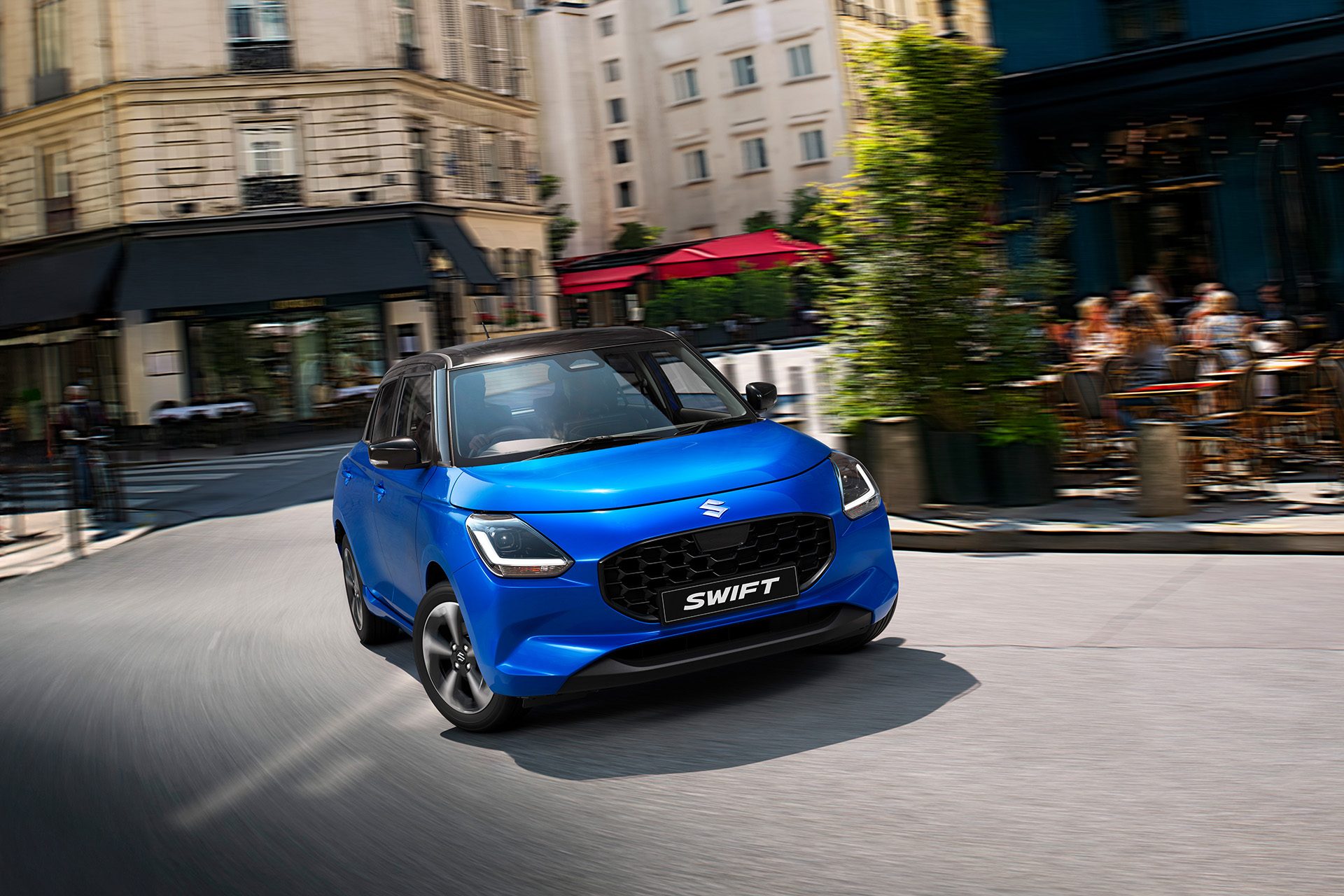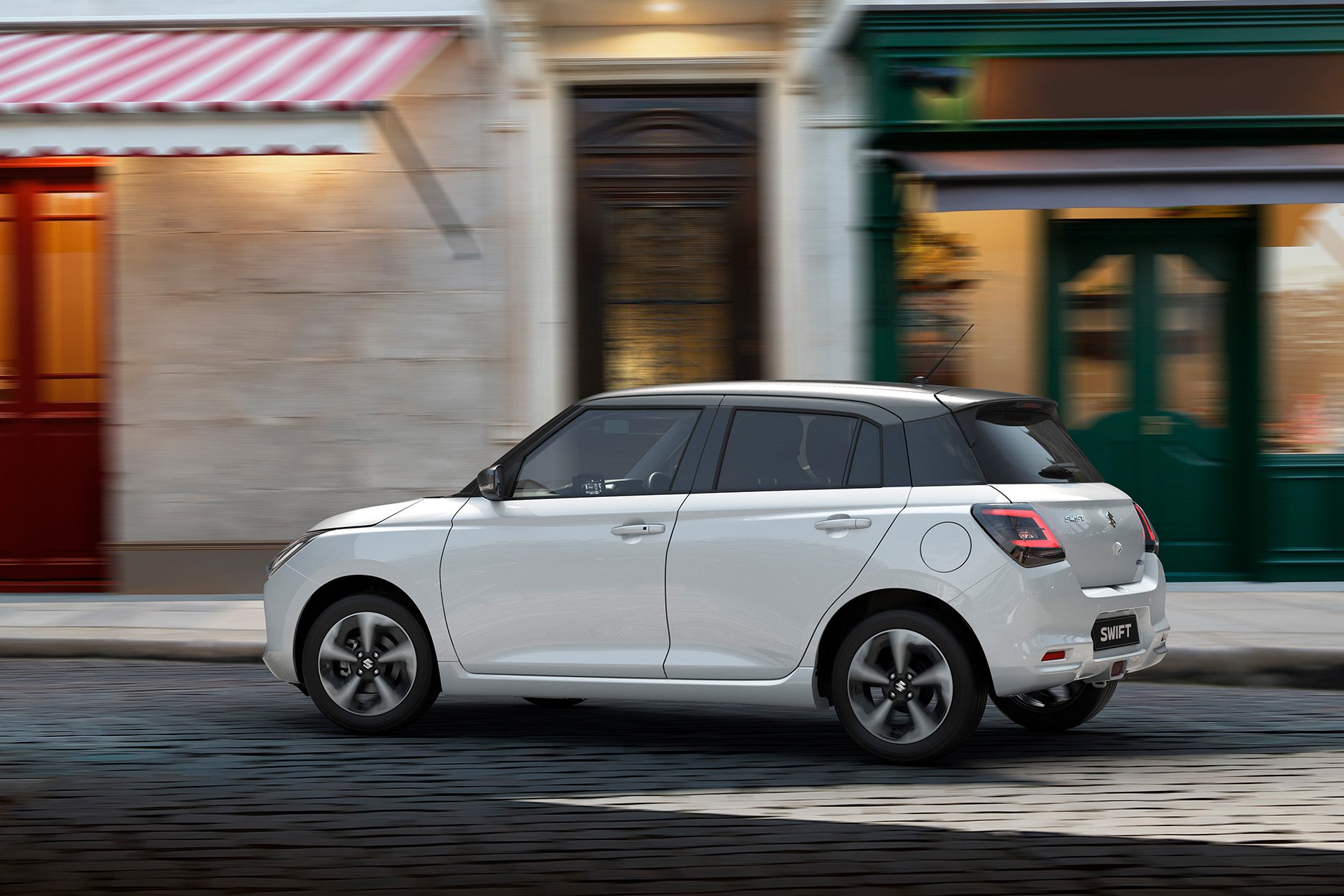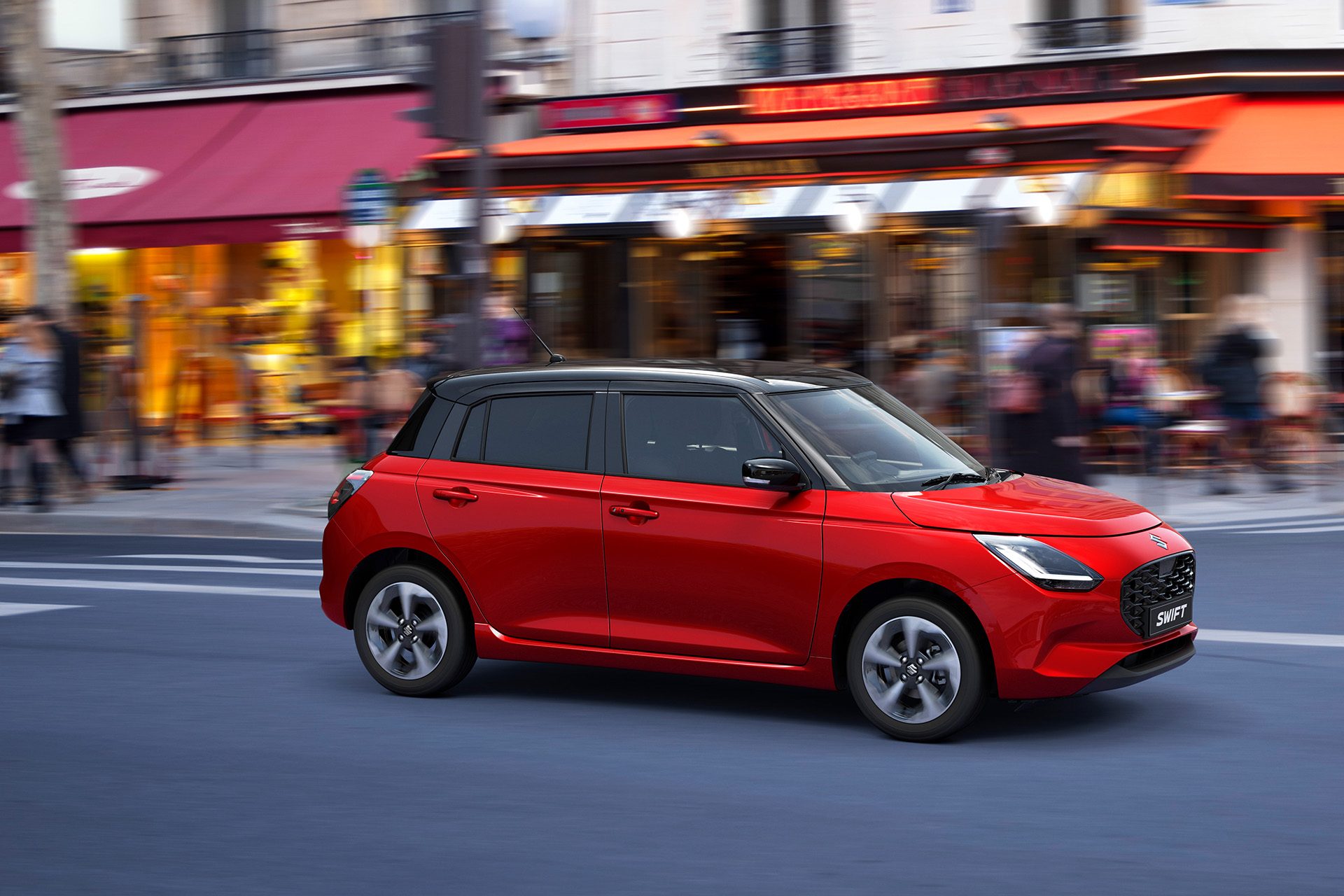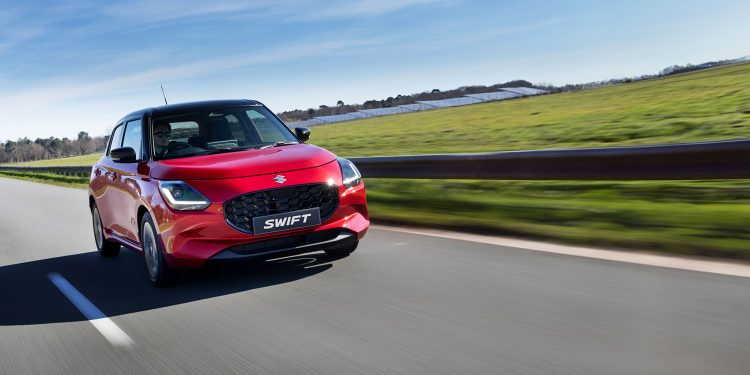New Suzuki Swift is Still A Fuel Economy Champ
Words NZ Autocar | Images Suzuki New Zealand
The new fourth-generation Suzuki Swift is a consummate petrol miser in an independent fuel economy test. Using roads in and around Auckland, a 1.2 litre petrol/electric Swift Hybrid GLS CVT automatic achieved average fuel consumption of 3.3L/100km over a mixture of motorway, rural open roads and built-up city streets. That’s a 23 percent improvement over the official factory figure of 4.3L/100 km.

The petrol/electric Swift Hybrid GLS with a manual transmission over the same route and averaged 3.0L/100km, 25 percent better than the factory-stated 4.0L/100km.
This is probably about as good as it gets because both tests were carried out by Donn Anderson who has been involved in fuel economy events for more than 30 years.
Four years ago Anderson achieved an average 4.2L/100km in the third-generation Swift mild Hybrid CVT automatic. He said there were significant fuel economy improvements to be had with the recently introduced 2024 model. It features a new three-cylinder, long stroke engine with a high compression ratio (13.9:1) and better thermal efficiency than the previous four-cylinder equivalent, though capacity is the same at 1197cc. Reduced friction losses contribute to the improved fuel economy.

The 200km test route began and ended in Auckland, so involved plenty of stop/start driving. At such interruptions, the engine shuts down and restarts automatically.
Suzuki’s integrated starter generator (ISG) provides supplementary motor power for up to half a minute. ISG uses the energy of deceleration to generate electricity for charging both the lead-acid and the lithium-ion batteries.
It also restarts the engine seamlessly and provides electric motor assistance during acceleration. The ISG monitors brake pedal depression while slowing to maximise the level of regeneration.
“The engine stopping and restarting is almost imperceptible,” said Anderson. “Restarting is via a belt drive system that eliminates gear noise produced by conventional starter motors. Occupants are usually unaware the motor has stopped and then restarted.”
Anderson said he found the new information screen a valuable asset in reducing fuel consumption. The centrally mounted screen details average and instant fuel consumption and fuel economy history.

“Increased low-speed torque and enhanced combustion assists in the easy-going nature of the new engine,” said Anderson.
The new CVT in the latest Swift is lighter and more compact than its predecessor and allows cruising at 100 kmh with the engine turning over at 2000rpm (CVT, manual 2500rpm).
In spite of its 37L fuel tank, the fuel economy test revealed the Swift Hybrid can exceed a range of 1000km between refills if driven carefully.
Anderson said the performance of the five-speed manual gearbox Swift Hybrid is also creditable. Of the manual, Anderson said “The 3.0 litres/100 km economy achieved is an exceptional result for a mild hybrid car and confirms there is still a place for a manual transmission.”
The new Swift range has lower CO2 emissions too. Its stated 96g/km for the Swift Hybrid GLS CVT is 9.4 percent lower than that for the prior model.
The Swift GLS manual launched with a special introductory price of $25,990 + ORCs while the CVT automatic is $27,990.





